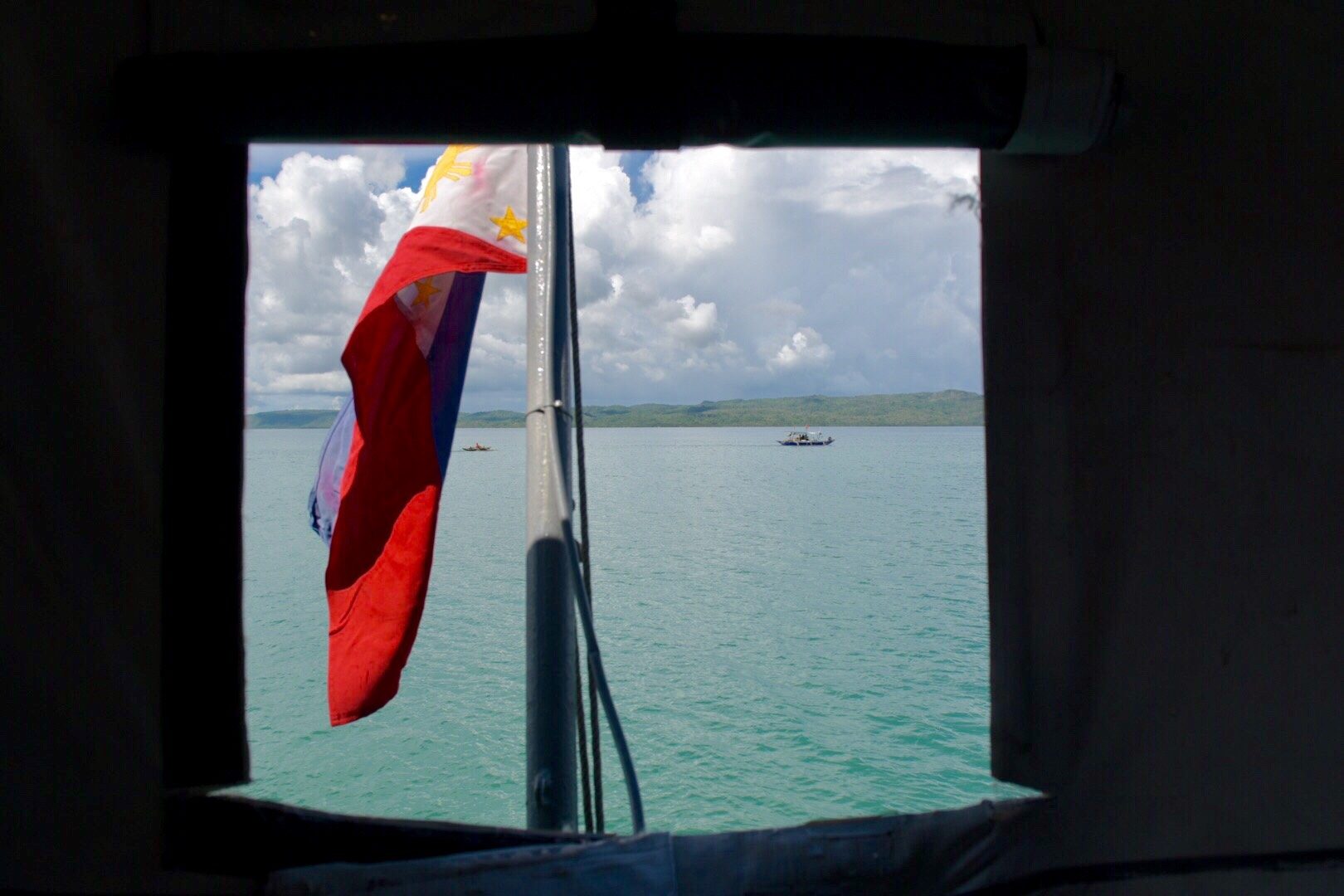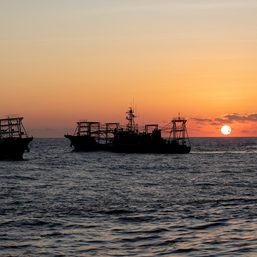SUMMARY
This is AI generated summarization, which may have errors. For context, always refer to the full article.

MANILA, Philippines – Despite President Rodrigo Duterte’s refusal to assert the country’s sovereign rights in the West Philippine Sea, the Department of Foreign Affairs quietly filed diplomatic notes at the United Nations (UN) asserting its claims in the maritime area.
The Philippines’ Permanent Mission to the UN in New York filed two diplomatic notes against China and Malaysia on Friday, March 6, after the latter filed an application to define the limits of its extended continent shelf (ECS) last December.
Through a submission to UN Secretary-General Antonio Guterres on December 12, 2019, Malaysia sought to establish the limits of its ECS, or a portion of the seabed beyond its 200 nautical mile exclusive economic zone (EEZ). Malaysia’s claim stretched to a portion of the South China Sea between the Paracel Islands and the Spratly Islands, within China’s purported 9-dash line that eats up virtually the entire sea.
The Philippines position vs Malaysia: In its opposition to Malaysia, the Philippines recalled a 2009 note verbale filed against Malaysia and Vietnam after the two countries tried to enter a deal concerning the outer limits of their continental shelves.
Specifically, the Philippines opposed Malaysia’s petition, reiterating that it covered Philippine islets in the West Philippine Sea. The Philippines also complained that Malaysia’s claims were projected from baselines in Sabah, which the Philippines claims as its sovereign territory.
“The area of the Malaysian submission dated 12 December 2019 covers features within the Kalayaan Island Group over which the Republic of the Philippines has sovereignty…. Moreover, the Malaysian submission is projected from portions of North Borneo (Sabah) over which the Republic of the Philippines has never relinquished its sovereignty,” it said.
Malaysia’s submission, the Philippines added, also overlapped with areas within the Philippines’ extended continental shelf, over which it “intends to make a submission at a future time.”
The Philippines position vs China: Malaysia’s application covering areas in the South China Sea had also irked China. China followed this up by filing an opposition against Malaysia’s claim the same day the Southeast Asian country filed its petition at the UN.
In a note dated December 12, 2019, China urged the UN Commission on the Limits of the Continental Shelf not to consider Malaysia’s submission, which “seriously infringed China’s sovereignty, sovereign rights and jurisdiction in the South China Sea.”
China likewise insisted its claims in the maritime area “comply with international law,” and were “known to the international community including the government of Malaysia.”
China’s statement was a repeat of its claim that much of the South China Sea, including the West Philippine Sea, were its territory, and that the scattered reefs and rocks of the Paracels and Spratlys generated for it an EEZ and ECS – coupled with its so-called “historic rights” to the entire area.
The Philippines, for its part, did not let China’s insistence on such claims slide.
The Philippines opposed China’s reassertion of its “historic rights” to the West Philippine Sea by reiterating the landmark 2016 Hague ruling that affirmed Manila’s sovereign rights and invalidated Beijing’s sweeping claim of ownership.
In its statement, the Philippines insisted on its “sovereignty and jurisdiction over the Kalayaan Island Group and Bajo de Masinloc (Panatag/Scarborough Shoal).” It also reiterated the arbitral tribunal’s ruling that none of the reefs and rocks in the South China Sea generated an EEZ or an ECS, which means they do not cut into the Philippines’ own EEZ – the West Philippine Sea.
The Kalayaan Island Group refers to the portion of the Spratly Island Group claimed by the Philippines.
Clashing with China’s insistence that its claims were “lawful,” the Philippines said China’s position was “inconsistent with international law, including the United Nations Convention on the Law of the Sea.”
Aside from this, the Philippine mission also restated the tribunal’s ruling that the Spratlys – including the Kalayaan Island Group – should not be treated as a single unit in terms of determining what maritime entitlements they generate.
In other words, China cannot use its sweeping claim over the Spratlys as a basis for its even more sweeping claim over the South China Sea.
Why this matters: This assertion of the Philippines’ sovereign rights in the West Philippine Sea revives the arbitral ruling, which President Rodrigo Duterte has set aside in pursuit of broader political and economic relations with China.
Duterte has been criticized for giving China room to advance its positions and interests in the West Philippine Sea by not demanding that it comply with the ruling. – Rappler.com
Add a comment
How does this make you feel?





There are no comments yet. Add your comment to start the conversation.